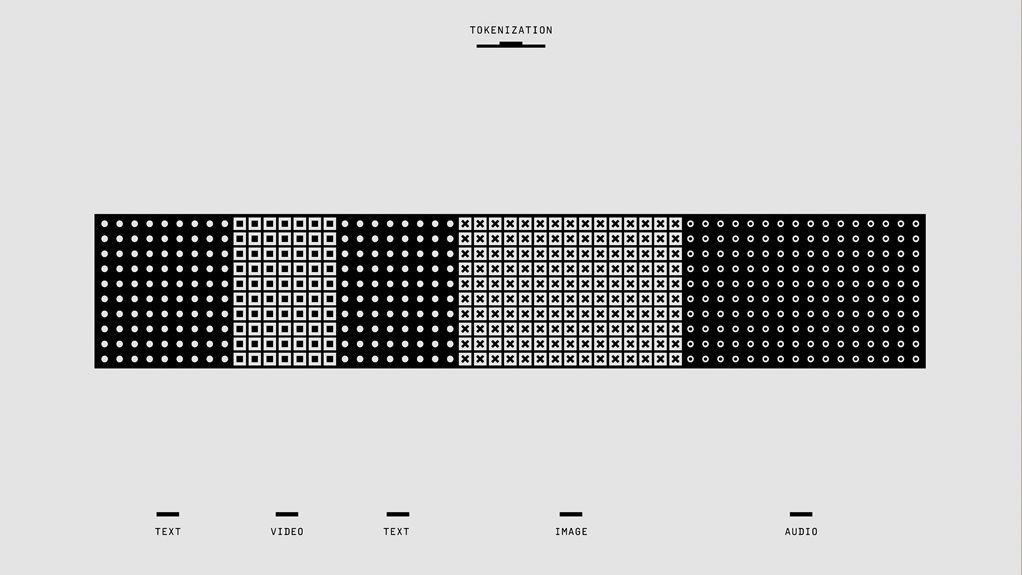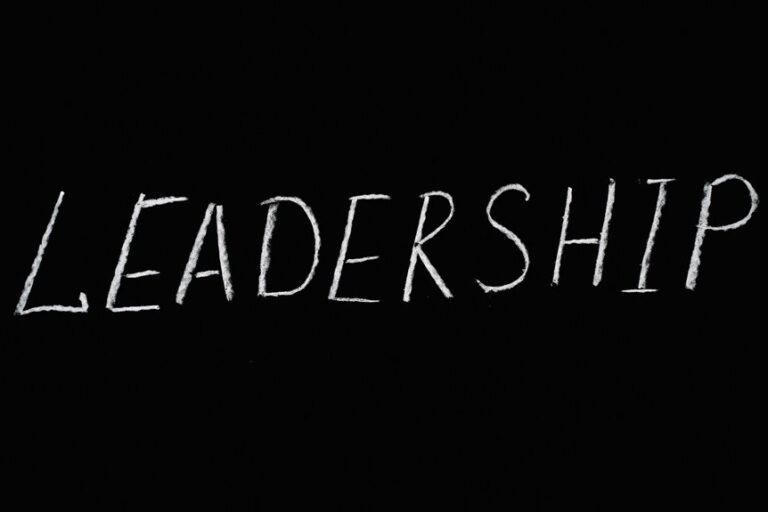Communication Audit & Quality Control Division 6166855547 6125525277 6822058208 5402026871 6012553206 3175303008
The communication audit is like a compass, guiding organizations toward clarity and cohesion. When you assess your communication practices, you reveal strengths and weaknesses that can either propel your team forward or hold it back. Understanding these dynamics is crucial for fostering a productive environment. What strategies can you implement to enhance your communication quality and strengthen your brand identity? The answers may lead to transformative changes within your organization.
Importance of Communication Audits in Organizations
While many organizations prioritize operational efficiency, they often overlook the critical role of communication audits in fostering a productive work environment.
By assessing communication effectiveness, you can identify gaps that hinder message clarity. These audits empower you to refine processes, ensuring that all team members understand their roles and responsibilities.
Ultimately, improving communication leads to greater collaboration and enhanced organizational freedom.
Key Components of Quality Control in Communication
Improving communication effectiveness not only enhances collaboration but also necessitates a robust framework for quality control.
Key components include ensuring message consistency across all platforms, which reinforces brand identity.
Implementing effective feedback mechanisms allows you to gauge audience understanding and adapt communication strategies accordingly.
Strategies for Effective Communication Improvements
To enhance communication effectiveness, it’s essential to implement targeted strategies that address specific challenges within your organization.
Establishing feedback loops can help you gauge employee sentiments, ensuring that messages resonate.
Additionally, investing in comprehensive training programs equips your team with the necessary skills to communicate clearly and efficiently.
These strategies foster an environment where open dialogue thrives, promoting a culture of transparency and collaboration.
Benefits of Enhanced Communication and Quality Control
Enhanced communication and quality control lead to significant advantages for any organization.
You’ll notice improved employee engagement, as team members feel heard and valued. This fosters collaboration, driving innovative solutions.
Furthermore, brand consistency strengthens as clear messaging aligns internal and external communications.
Ultimately, these enhancements create a cohesive environment that promotes growth, efficiency, and a unified organizational identity, empowering everyone involved.
Conclusion
Just like a gardener tends to their plants, nurturing growth and removing weeds, you can cultivate a thriving communication landscape in your organization. By regularly auditing your communication practices and implementing quality control measures, you’re ensuring that every message flourishes. This attention to detail not only strengthens your brand but also fosters a collaborative environment where ideas can blossom. Embrace these strategies, and watch your organizational effectiveness bloom, creating a vibrant culture of transparency and engagement.






